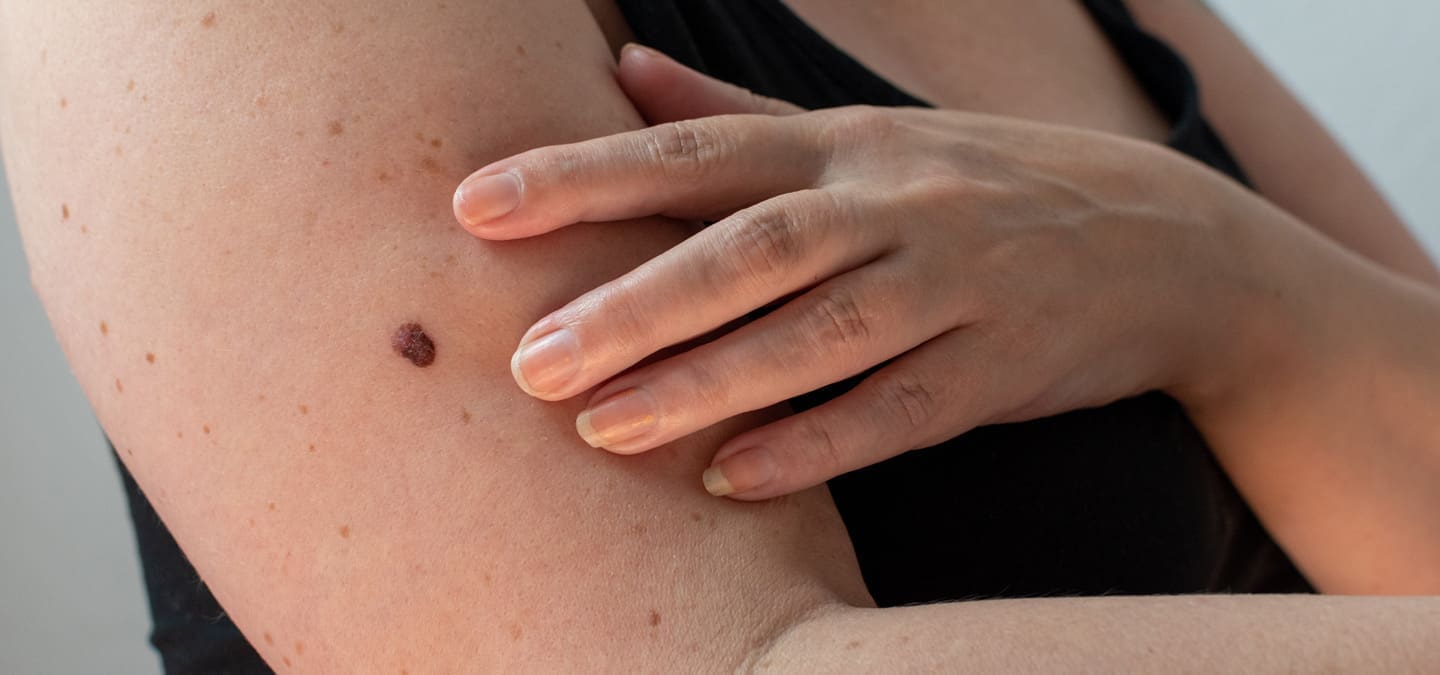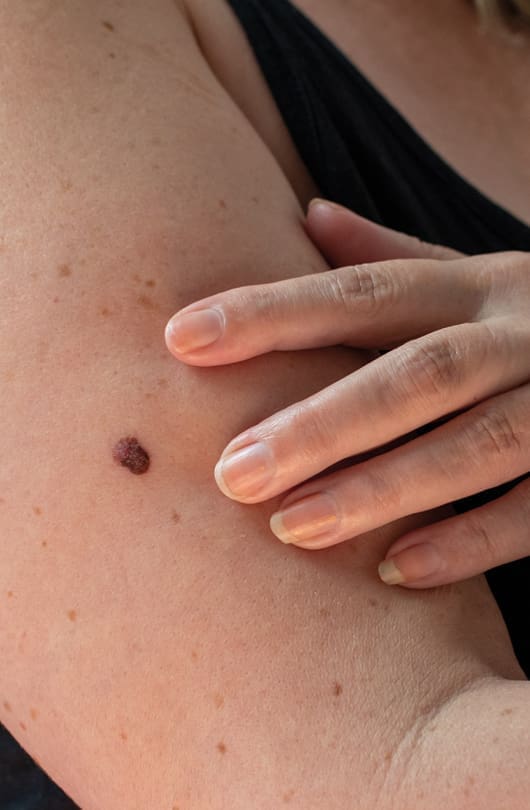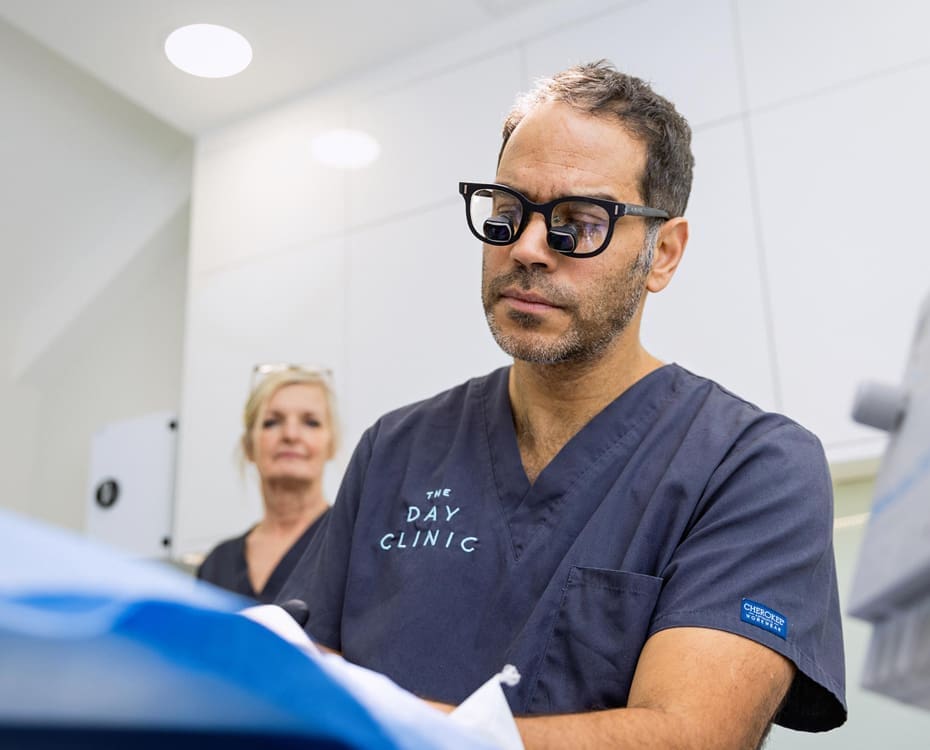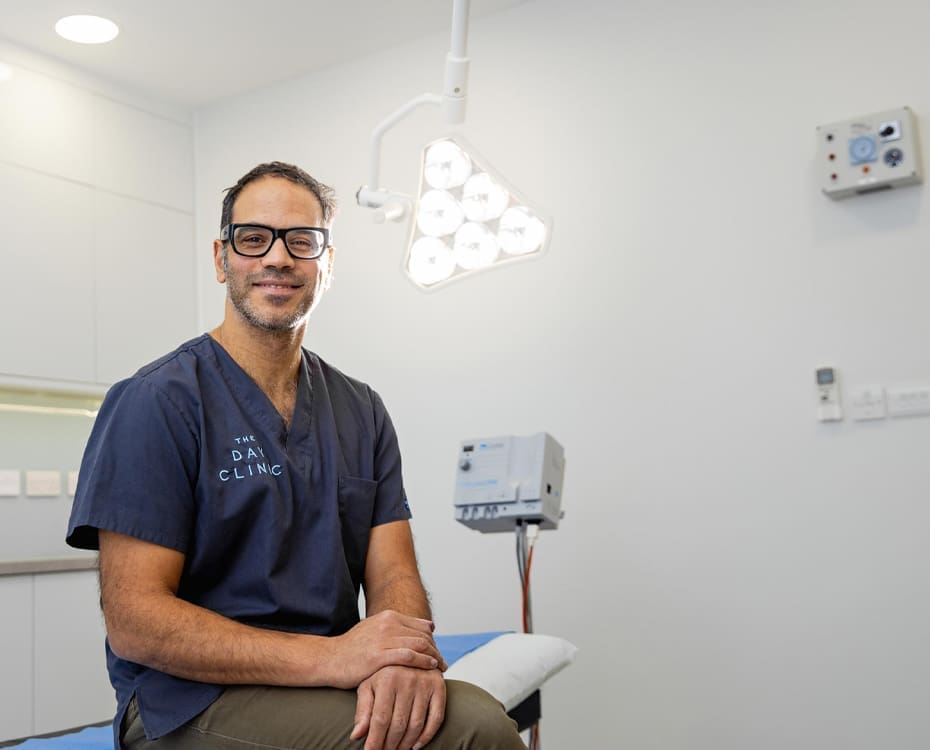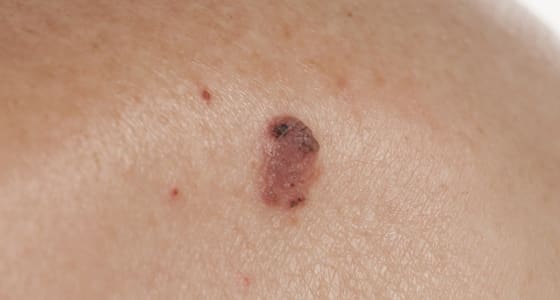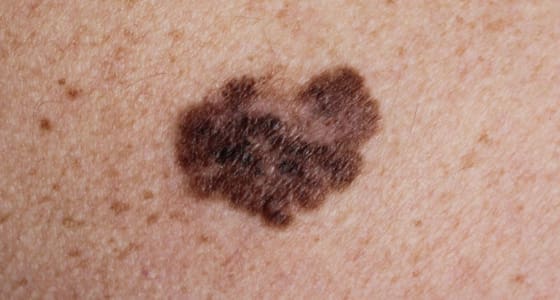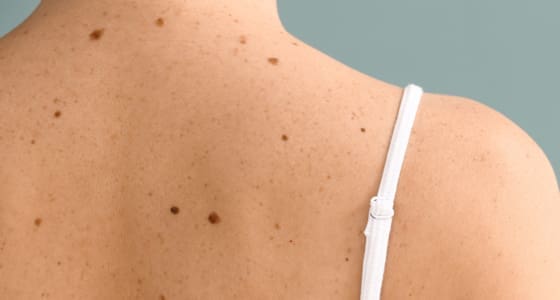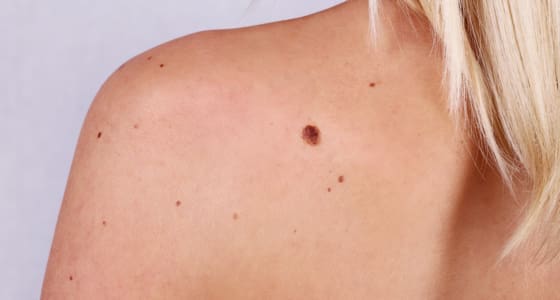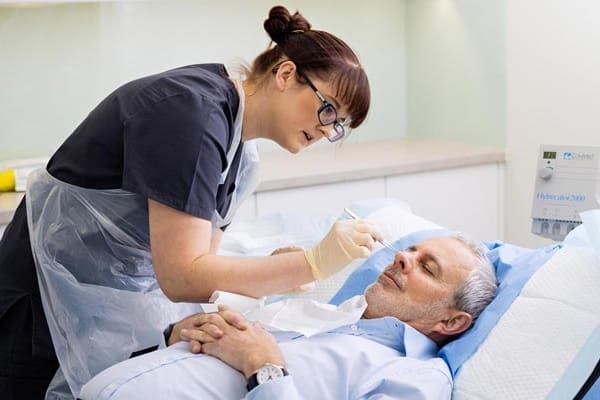It is named after Dr. Frederic Mohs, who developed the procedure in the 1930s.
Mohs removes skin cancer layer-by-layer with immediate microscopic margin analysis, helping spare healthy tissue and reduce the size of any reconstruction, especially important on the face, eyelids, nose and lips.
This type of surgery is primarily used in the treatment of basal cell carcinoma and squamous cell carcinoma which are the most common types of skin cancer. MOHS surgery is often used to treat skin cancers that are large, aggressive, or located in areas where preserving normal tissue is important, such as the face. It has a high cure rate and is particularly effective for skin cancers with poorly defined borders or those that have recurred after previous treatment.
It’s important to note that MOHS surgery may not be suitable for all types of skin cancer. The decision to undergo MOHS surgery will depend on various factors, including the type, size, and location of the cancer, as well as the patient’s overall health. It is best to consult with a dermatologist or a surgeon specializing in skin cancer to determine the most appropriate treatment option for individual cases.
